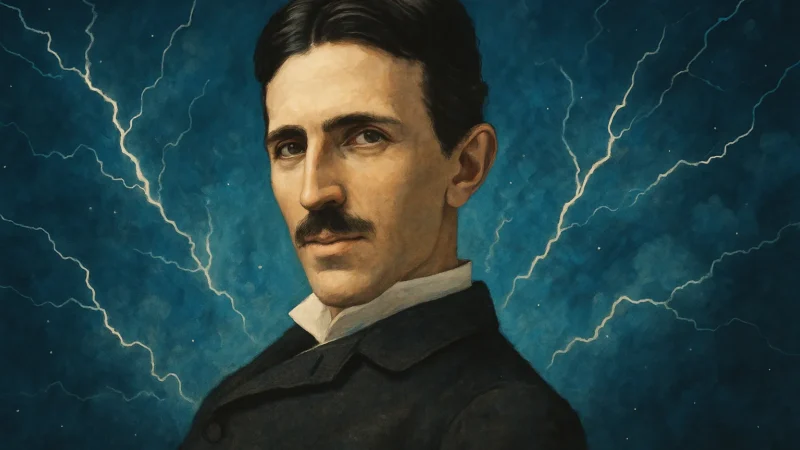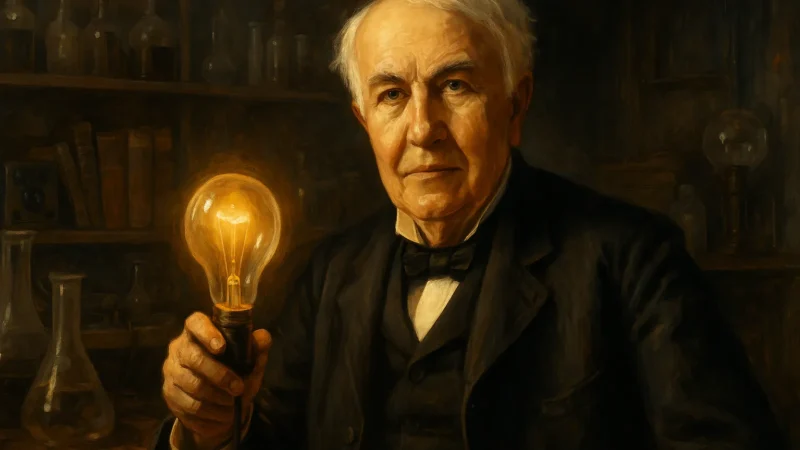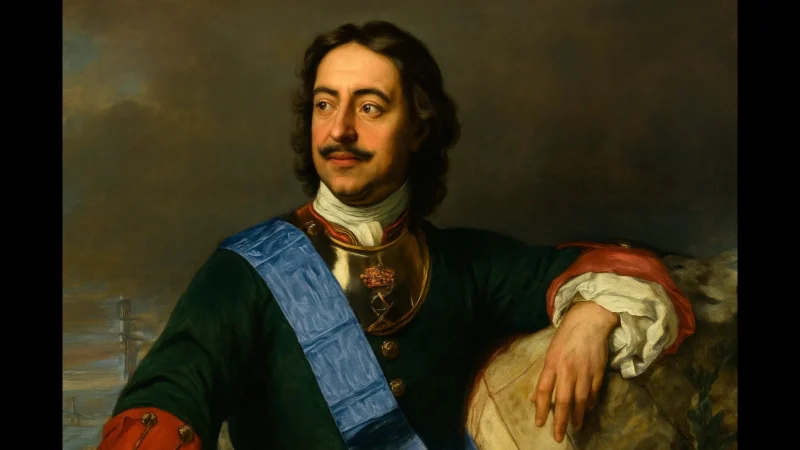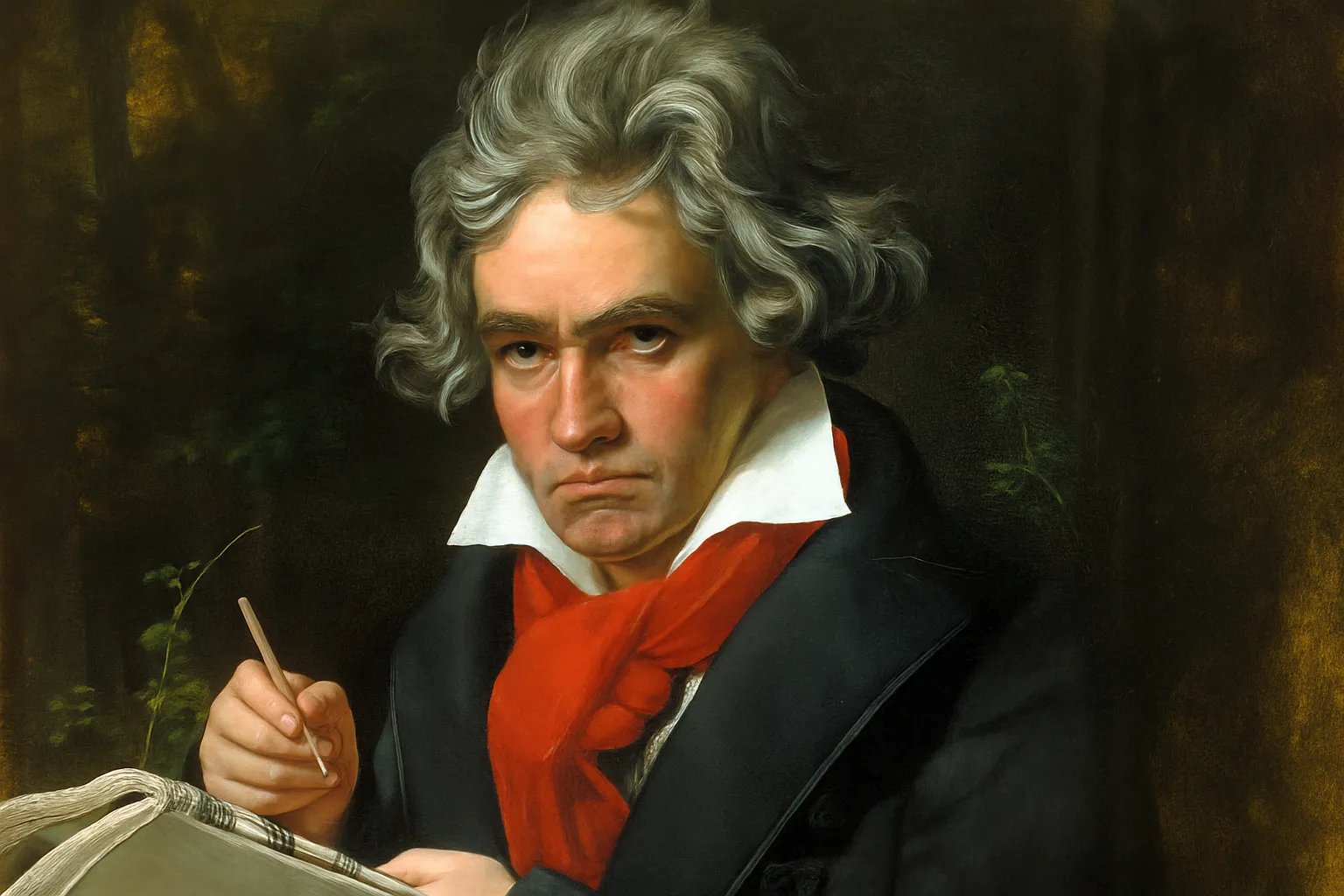Albert Einstein: The Genius of Relativity
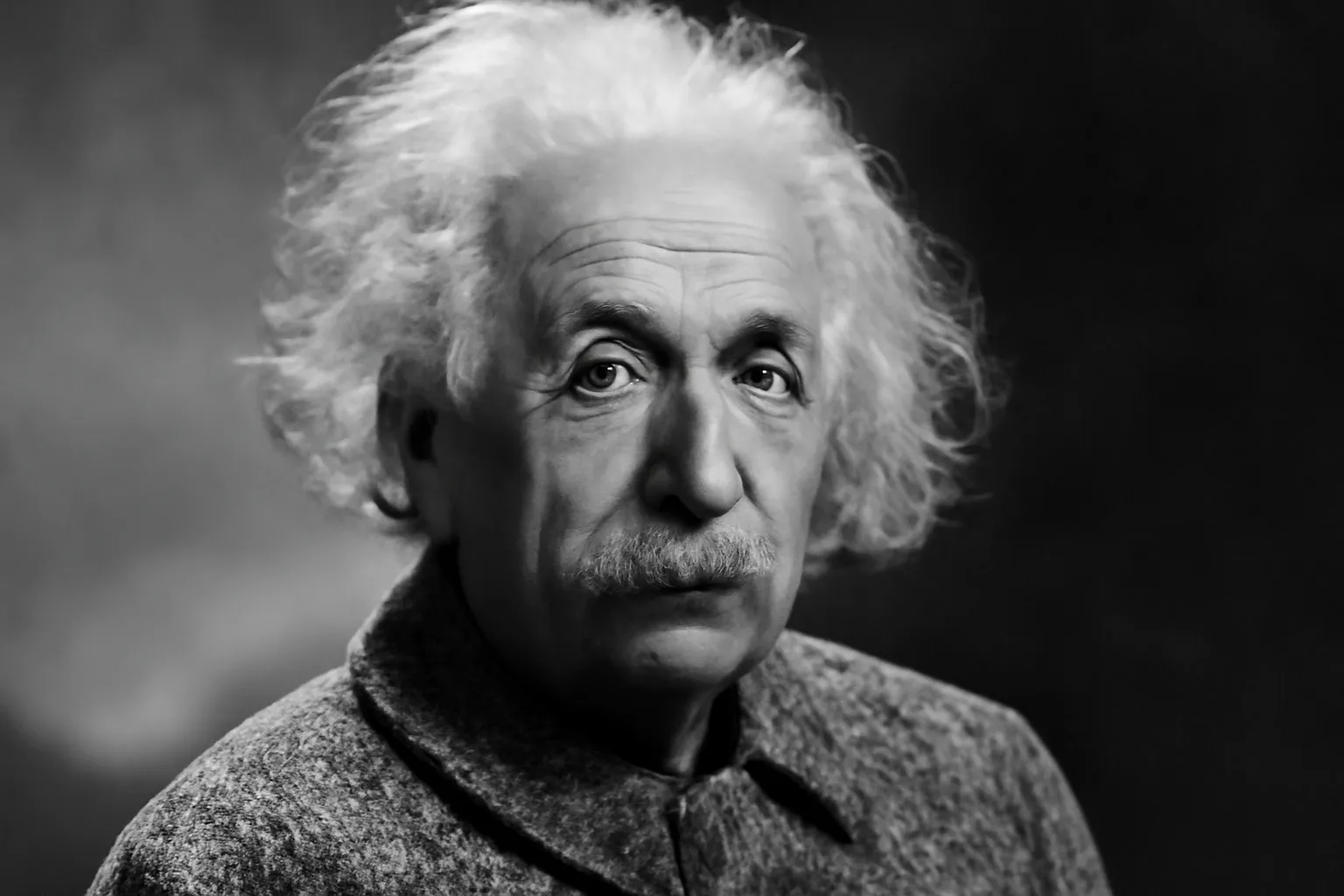
Albert Einstein is undoubtedly one of the most iconic figures in 20th-century science. His name is synonymous with genius, and his influence has transcended the boundaries of physics, philosophy, and popular culture. Born in 1879 in Ulm, Germany, Einstein revolutionized our understanding of the universe with his theories of relativity, which changed our view of space, time, and gravity. Throughout his life, he was also a peace advocate, political activist, and thinker who contributed to the culture of science in a way that few people have ever achieved.
Einstein’s most famous equation, , has become an icon of modern science. But his legacy goes beyond the theory of relativity and encompasses a wealth of discoveries that have shaped modern physics. In this article, we will explore the life, achievements, and impact of Albert Einstein, from his humble beginnings to becoming one of the most important thinkers in history.
Early Years: A Curious Child
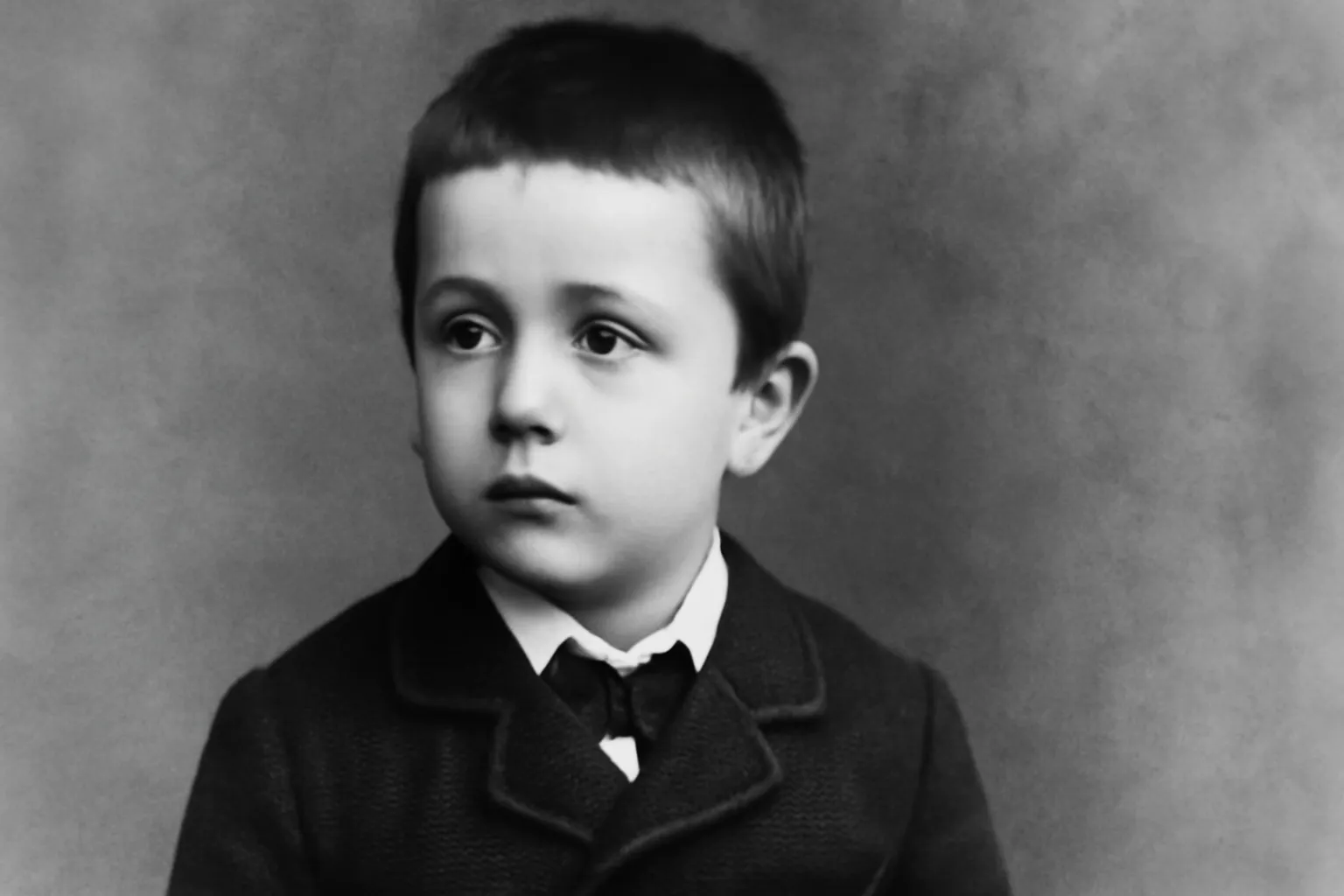
Albert Einstein was born on March 14, 1879, in Ulm, a small town in southern Germany, into a middle-class Jewish family. His father, Hermann Einstein, was an engineer and salesman, while his mother, Pauline Koch, was a homemaker. In his early years, Einstein showed no signs of being a prodigy.
He was a quiet child who often felt uncomfortable at school and was not particularly outstanding in his studies. In fact, some of his teachers considered him somewhat slow to learn, especially in his early school years.
However, Einstein had a curious mind that was not satisfied with simplistic explanations of the world. From an early age, he began to question accepted ideas and developed a deep fascination with mathematics and physics. At the age of 12, he began studying geometry on his own, which would be an early sign of his future scientific career.
Despite his initial academic difficulties, Einstein had a close relationship with his father, who encouraged him to follow his intellectual curiosity. Although Einstein’s family was not wealthy, his parents did their best to provide him with a quality education. They moved to Munich when Einstein was around 10 years old, and it was there that he attended secondary school. Despite his disinterest in many of the traditional subjects, Einstein excelled in mathematics and science.
Formal Education and Scientific Approach

At the age of 17, Einstein decided to leave his secondary school in Munich and moved to Switzerland, where he enrolled at the Swiss Federal Institute of Technology (ETH Zurich). In Zurich, Einstein finally found his place. Instead of following the rigid rules of the German educational system, which often frustrated him, he immersed himself in the study of mathematics, physics, and natural sciences, areas in which he quickly excelled.
During his years in Zurich, Einstein was drawn to philosophy and science, which led him to develop a unique perspective on the universe. Instead of accepting existing ideas, Einstein began to question the foundations of classical physics, which at the time were dominated by Newton’s laws. While Newtonian physics had been fundamental to the understanding of the physical world for centuries, Einstein felt that there was more to discover.
In 1900, after completing his studies in Zurich, Einstein began working as a technical examiner at the Swiss Patent Office in Bern. Although his work at the patent office was not directly related to science, it allowed him to have free time to develop his scientific ideas and engage in philosophical discussions about space, time, and the nature of reality.
The Miracle Year: 1905
In 1905, at the age of 26, Einstein published a series of scientific articles that would change the course of physics. This period is known as Einstein’s “Miracle Year,” as his contributions to science were fundamental to the development of the theory of relativity and quantum mechanics.
One of his most important articles from 1905 was on the photoelectric effect, in which he proposed that light behaves like particles called “quanta.” This work, for which he would later receive the Nobel Prize in Physics in 1921, laid the foundation for quantum theory of light and changed our understanding of the nature of light.
In another article in 1905, Einstein proposed the theory of special relativity, which challenged traditional ideas of space and time. According to special relativity, the laws of physics are the same for all observers moving at constant speeds, and the speed of light is the same for everyone, regardless of their movement. This theory revolutionized physics and changed the way scientists thought about space and time.
The special theory of relativity led to the famous equation, which establishes the equivalence between energy and mass. This equation has profound implications and has been fundamental in the development of nuclear energy.
General Relativity: Revolutionizing Gravity
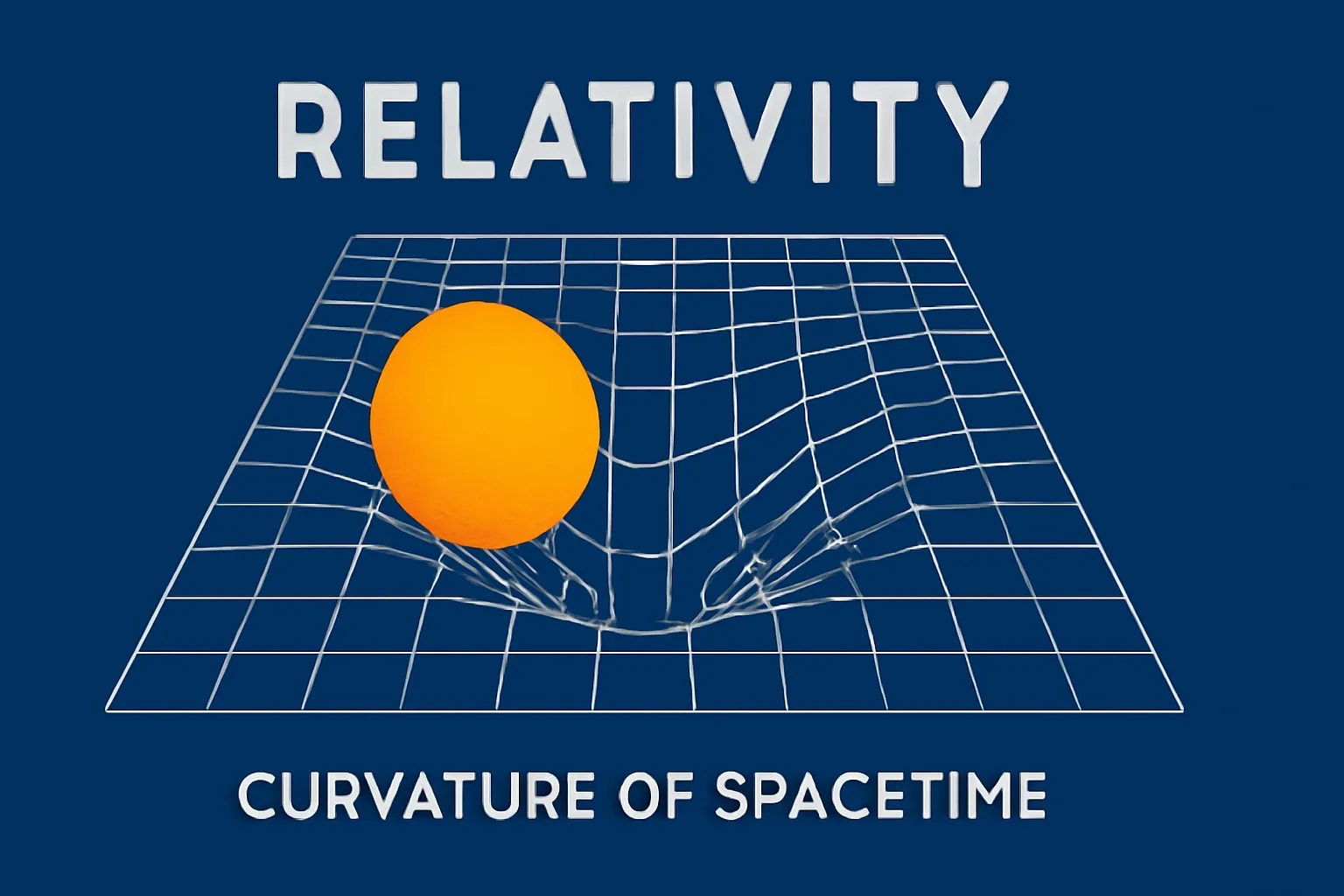
Despite the advances of special relativity, Einstein did not stop there. In 1915, he presented his theory of general relativity, which extended his previous theory to include gravity. Instead of treating gravity as a force acting at a distance, as Isaac Newton had done, Einstein proposed that gravity is the result of the curvature of space-time caused by the presence of mass.
General relativity changed our understanding of gravity and provided a new way of thinking about the universe. Instead of being a mysterious force that attracts objects, gravity is the effect of the distortion of space-time, which curves in the presence of masses. This theory also predicted the existence of black holes, regions of space where gravity is so strong that not even light can escape.
In 1919, an experiment conducted by astronomer Arthur Eddington during a solar eclipse confirmed Einstein’s prediction that starlight bends as it passes near the sun, giving general relativity its first experimental validation. This discovery catapulted Einstein to international fame.
International Success and World Peace
As Einstein advanced in his scientific career, he also became an important public figure. In 1919, he was invited to lecture around the world and became an advocate for pacifism and social justice. However, World War I and political unrest in Europe made him increasingly aware of the need for international cooperation.
In 1933, with the rise of the Nazi regime in Germany, Einstein emigrated to the United States due to his Jewish heritage and his opposition to Hitler’s regime. He settled in Princeton, New Jersey, where he continued his work in physics and also became actively involved in political issues, advocating for civil rights and nuclear disarmament.
In the United States, Einstein collaborated with scientists in the development of the atomic bomb during World War II, although he later expressed regret for his participation in the Manhattan Project, as he feared the military use of nuclear energy.
Final Years and Legacy
In the last years of his life, Einstein continued his work in physics, but also devoted himself to the philosophy of science and political issues. In 1955, Einstein died at the age of 76 in Princeton, leaving an indelible legacy in science, culture, and politics.
Despite his death, Einstein’s influence lives on in modern physics, and his work continues to be a source of inspiration for scientists and thinkers around the world. General relativity, quantum mechanics, and the unified field theory remain fundamental areas of study in physics.
Einstein’s Legacy
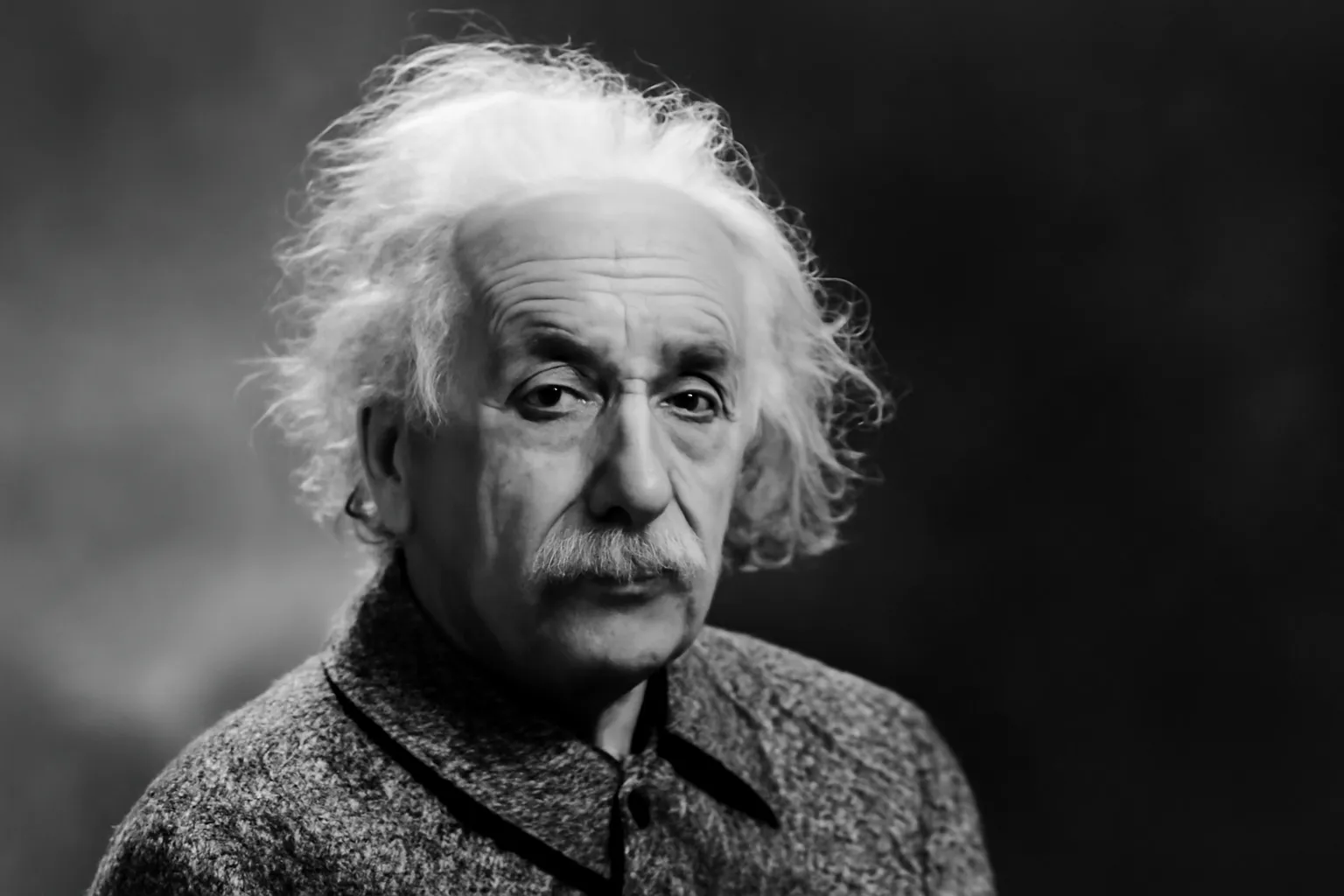
Albert Einstein not only changed physics, but also the way we understand the universe. His theories revolutionized our concept of space, time, and gravity, and his influence extends beyond science into culture, politics, and philosophy. The equation is one of the most recognizable symbols in the history of science, and his contribution to scientific thought remains invaluable.
Einstein’s work has enabled generations of scientists and thinkers to advance human knowledge, and his legacy continues to be a source of inspiration in the search for answers to the big questions about the cosmos.

